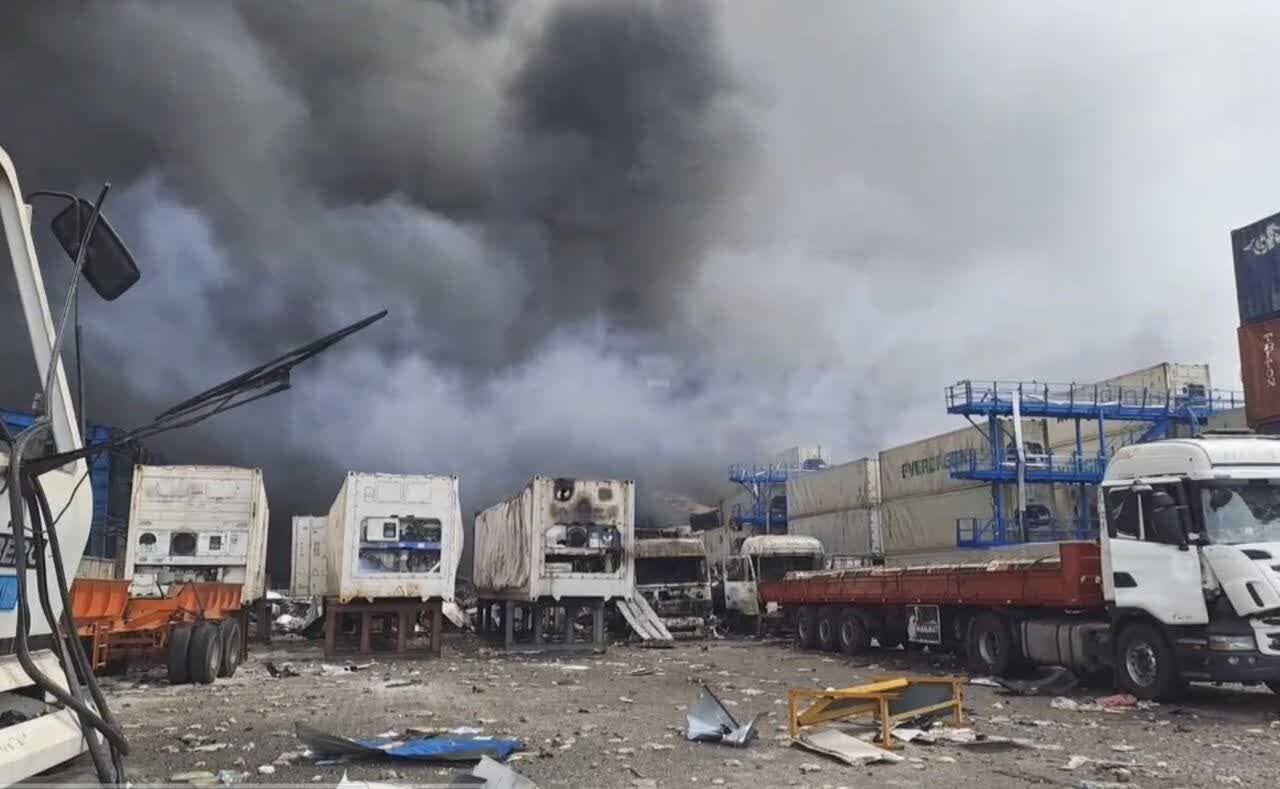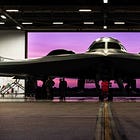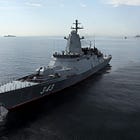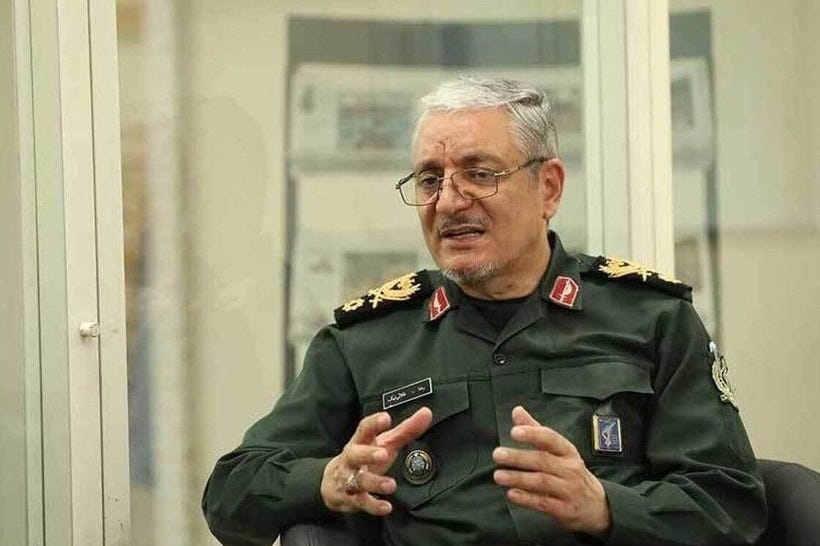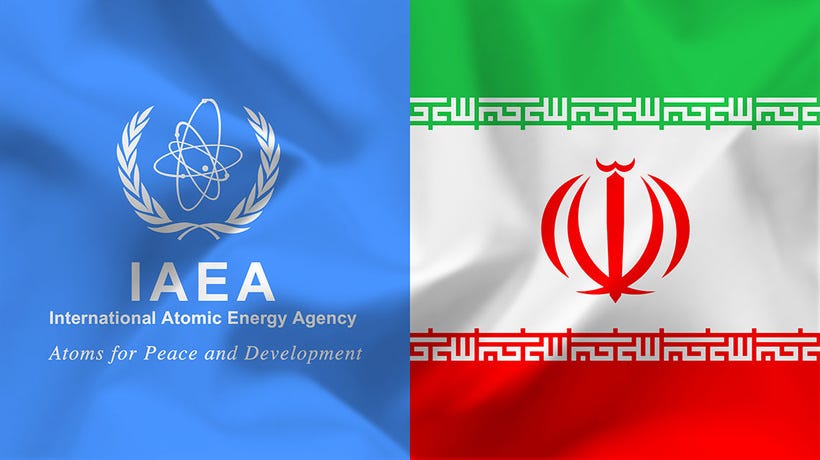Iran: Shahid Rajee Port Explosion, Nuclear Talks, and Cyber Threats
On April 27th, diplomatic engagements between Iran and the International Atomic Energy Agency (IAEA) signaled efforts to support indirect talks with the United States.
TEHRAN — A severe explosion at Shahid Rajee Port in Bandar Abbas, Iran, caused significant casualties and infrastructure damage, exposing vulnerabilities in Iran’s key maritime hubs. On April 27th, diplomatic engagements between Iran and the International Atomic Energy Agency (IAEA) signaled efforts to support indirect talks with the United States.
These developments, alongside a repelled cyber attack, indicate Iran’s intricate strategic position amid regional tensions.
Iranian state-run news agency IRNA reported, "Russian President Vladimir Putin has ordered the dispatch of several aircraft to assist in firefighting efforts at Iran’s Shahid Rajaee Port, following a devastating explosion that caused hundreds of casualties and widespread damage."
Citing the Russian Embassy in Tehran, IRNA added, "Emergency aircraft from Russia’s Ministry of Emergency Situations are being sent to support local teams in controlling the blaze that erupted at the strategic port in southern Iran."
Shahid Rajee Port Explosion
On April 26th, a severe explosion followed by a fire struck Shahid Rajee Port in Bandar Abbas, Hormozgan Province, Iran, located approximately 1,000 miles (1,609 km) south of Tehran. The incident, initially reported as triggered by a fuel tanker, resulted in 40 fatalities and over 1,200 injuries, according to Mohammad Ashouri via Iranian state TV.
Of the injured, 190 remained hospitalized as of April 27th, according to Pir Hossein Kolivand of Iran’s Red Crescent Society. Several buildings and vehicles in the area were destroyed or damaged, disrupting operations at this vital maritime hub in the Persian Gulf, a primary conduit for Iran’s trade and energy exports.
Rescue teams were deployed to extinguish the fire and assist victims, with the cause still under investigation.
Ambrey Intelligence reported that the explosion may have involved sodium perchlorate, a chemical used in missile propellant, possibly due to improper storage, following a shipment from China to Iran in March 2025, as initially reported by the Financial Times in January 2025.
This claim contrasts with the statement from Brigadier General Reza Talaei-Nik, spokesperson for Iran’s Defense Ministry, who on April 27th stated, “There were no military-related export or import cargoes at Shahid Rajee Port,” adding, “Based on investigations and documented evidence, there were and are no import or export shipments related to fuel or military use in the area affected by the fire at the port.”
Iran’s National Disaster Management Organisation had previously issued warnings about chemical storage safety at the port.
In response, Ayatollah Seyyed Ali Khamenei, on April 27th, urged security and judicial officials to conduct a detailed investigation to identify any negligence or deliberate actions behind the incident. He offered condolences to the victims’ families and commended citizens who donated blood for the injured, emphasizing the need for accountability.
Iranian President Masoud Pezeshkian visited the site and hospitalized survivors on April 27th, ordering a thorough investigation into the explosion’s cause. A national day of mourning was declared on April 28th, with an additional two days in Hormozgan Province, reflecting the incident’s societal toll, according to Iran’s government spokesperson via CCTV News.
The explosion prompted a state of emergency in Bandar Abbas, with schools and offices closed on April 27th due to air pollution from chemicals like ammonia, sulfur dioxide, and nitrogen dioxide. International support followed, with the Kremlin announcing Russia’s deployment of emergency firefighting aircraft, and Beijing’s foreign ministry reporting three Chinese victims in stable condition.
Condolences were offered by the UAE, Saudi Arabia, Pakistan, India, Türkiye, the UN, and Lebanon’s Hezbollah.
Severity Assessment: High Severity (High Severity due to casualty count exceeding 25 and notable infrastructure damage).
Iran-IAEA Diplomatic Engagement
On April 27th, Rafael Grossi, Director-General of the IAEA, held a phone call with Iranian Foreign Minister Abbas Araqchi to discuss Iran’s nuclear program. Grossi emphasized, “The readiness of the IAEA to provide any assistance in the process of indirect negotiations between Iran and the United States,” signaling a potential de-escalation pathway.
Araqchi stated, “Iran, as a responsible member of the Non-Proliferation Treaty, will continue its cooperation with the Agency in accordance with its international legal obligations,” expressing hope that the IAEA’s technical approach would address remaining safeguards issues efficiently.
Araqchi revealed that earlier in April 2025, he had advocated for the IAEA’s involvement, stating, “The Agency can play a crucial role in the peaceful settlement of the Iranian nuclear file.” He stressed avoiding politicization, adding, “Our predisposition is to trust Grossi in the mission to keep the Agency away from politics and politicization, and to retain focus on its technical mandate,” while noting the risk of spoilers derailing talks.
This call followed the third round of indirect nuclear talks between Iran and the U.S. in Oman on April 26th, with both sides reporting progress and Iran open to curbs but not stopping uranium enrichment.
Severity Assessment: Moderate Severity (Moderate Severity due to potential effect on global nuclear negotiations and regional stability).
Cyber Attack on Government Infrastructure, Full Report:
Keep reading with a 7-day free trial
Subscribe to The Standeford Journal - News, Intel Analysis to keep reading this post and get 7 days of free access to the full post archives.




